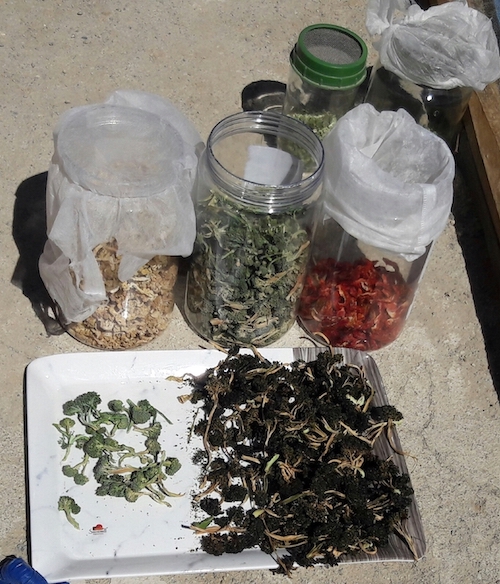
 3
3




If there is one thing the Wizard of Oz has taught me, it is not to trust school teachers on bicycles.
 1
1




Empower people to grow food to feed themselves, their families, and local communities while regenerating the environment with Permapeople 🌱✌️
 4
4






 6
6




Iterations are fine, we don't have to be perfect
My 2nd Location:Florida HardinessZone:10 AHS:10 GDD:8500 Rainfall:2in/mth winter, 8in/mth summer, Soil:Sand pH8 Flat

 11
11




Works at a residential alternative high school in the Himalayas SECMOL.org . "Back home" is Cape Cod, E Coast USA.
 1
1




If there is one thing the Wizard of Oz has taught me, it is not to trust school teachers on bicycles.


 2
2




Iterations are fine, we don't have to be perfect
My 2nd Location:Florida HardinessZone:10 AHS:10 GDD:8500 Rainfall:2in/mth winter, 8in/mth summer, Soil:Sand pH8 Flat





 8
8




Rebecca Norman wrote:I don't blanch anything, and I dry a lot of vegetables,
... But then I thought maybe it really would be better to blanch, so I tried it three times. Cauliflower turned much darker after blanching. Green beans turned bleached white after blanching so I composted them. Broccoli that was, granted, a bit old and aphidy, I blanched, but when it was half dry it stank, so I composted it.


Works at a residential alternative high school in the Himalayas SECMOL.org . "Back home" is Cape Cod, E Coast USA.
 5
5













Works at a residential alternative high school in the Himalayas SECMOL.org . "Back home" is Cape Cod, E Coast USA.
 4
4









 2
2




Works at a residential alternative high school in the Himalayas SECMOL.org . "Back home" is Cape Cod, E Coast USA.
 2
2




 4
4




John F Dean wrote:I got into in interesting discussion with another homesteader. Do you blanch foods before you dehydrate them?
 2
2




If there is one thing the Wizard of Oz has taught me, it is not to trust school teachers on bicycles.
 1
1








If there is one thing the Wizard of Oz has taught me, it is not to trust school teachers on bicycles.
 1
1




Cindy at Simply Backwoods
 2
2




Cindy at Simply Backwoods
 1
1




Finished 2 life quests (well... almost). Wondering what to do next? Zone 5b
 1
1





|
please tap on glass. Tap harder. Keep tapping until this tiny ad jumps in your lap
Support permies and give beautiful gifts to gardeners: permaculture playing cards.
https://gardener-gift.com/
|



